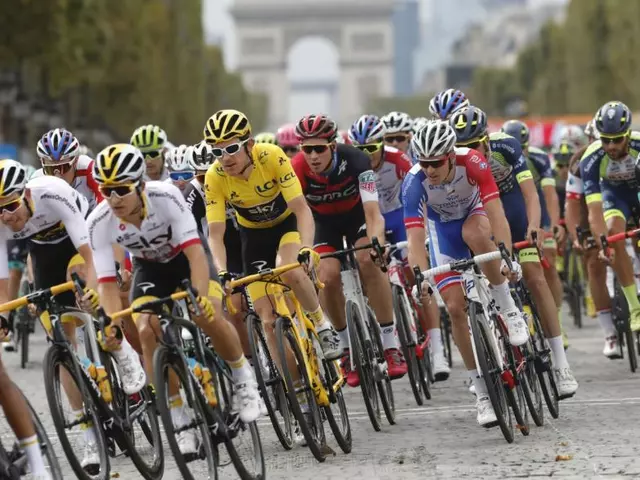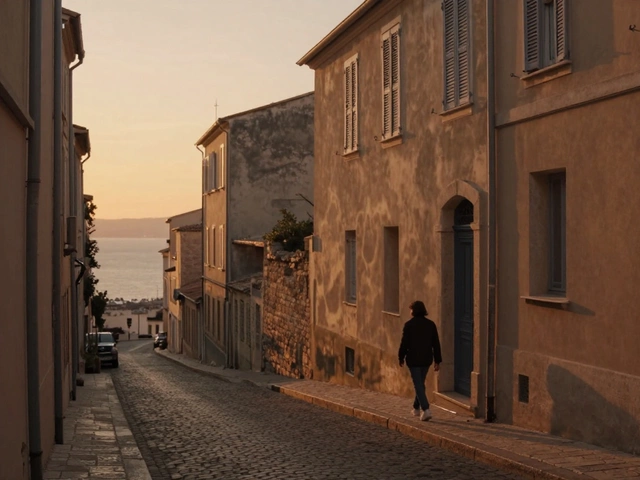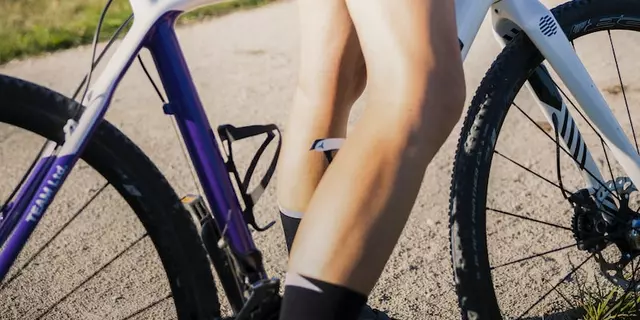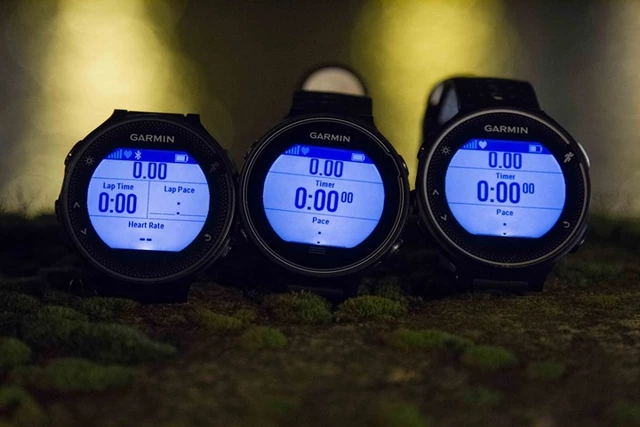Tour de France – All You Need to Know
When talking about Tour de France, the world’s oldest and most famous multi‑day bike race, held each July across France and sometimes neighboring countries. Also known as La Grande Boucle, it draws millions of fans, showcases extreme endurance, and turns ordinary towns into bustling finish‑line celebrations. The race isn’t just a sporting event; it’s a cultural phenomenon that mixes history, tourism and high‑tech gear. Tour de France encompasses flat sprints, time trials and brutal climbs, making every stage a new puzzle for riders and teams.
Why the Tour is the ultimate Grand Tour test
The Grand Tour, a series of three three‑week races including the Tour de France, Giro d’Italia and Vuelta a España demands a blend of stamina, strategy and teamwork that few other sports can match. A Grand Tour requires riders to recover day after day, adapt to weather changes and manage nutrition on the move. Teams craft a team strategy, a coordinated plan that decides who attacks, who protects the leader and when to chase breakaways that can decide the yellow jersey by the final kilometer. The race also fuels the sport’s tech race – lightweight carbon frames, aerodynamic helmets and power meters all get tested under real‑world pressure. In short, the Tour de France sets the benchmark for what a Grand Tour can demand from athletes and equipment alike.
One of the most dramatic parts of the race is the mountain stage, a segment that climbs steep, often iconic peaks like Alpe d’Huez or Col du Tourmalet. These stages embody the phrase “the Tour is a battle of the legs and the mind.” A mountain stage influences the overall classification, forces riders into relentless attacks, and often creates the biggest time gaps. Professional cyclists train for these climbs by logging altitude hours, perfecting cadence control and mastering pacing. A single long ascent can flip the leaderboard, proving that endurance, power‑to‑weight ratio and mental grit are all equally vital.
Below you’ll see a curated mix of articles that touch on everything from bike tech and training tips to road‑cycling culture and the economics of the sport. Whether you’re a seasoned fan, a rider planning your first 100‑km ride, or just curious about how a race like the Tour shapes cycling worldwide, the posts ahead give you practical insights, fresh opinions and a taste of the excitement that rolls through the French countryside each July.
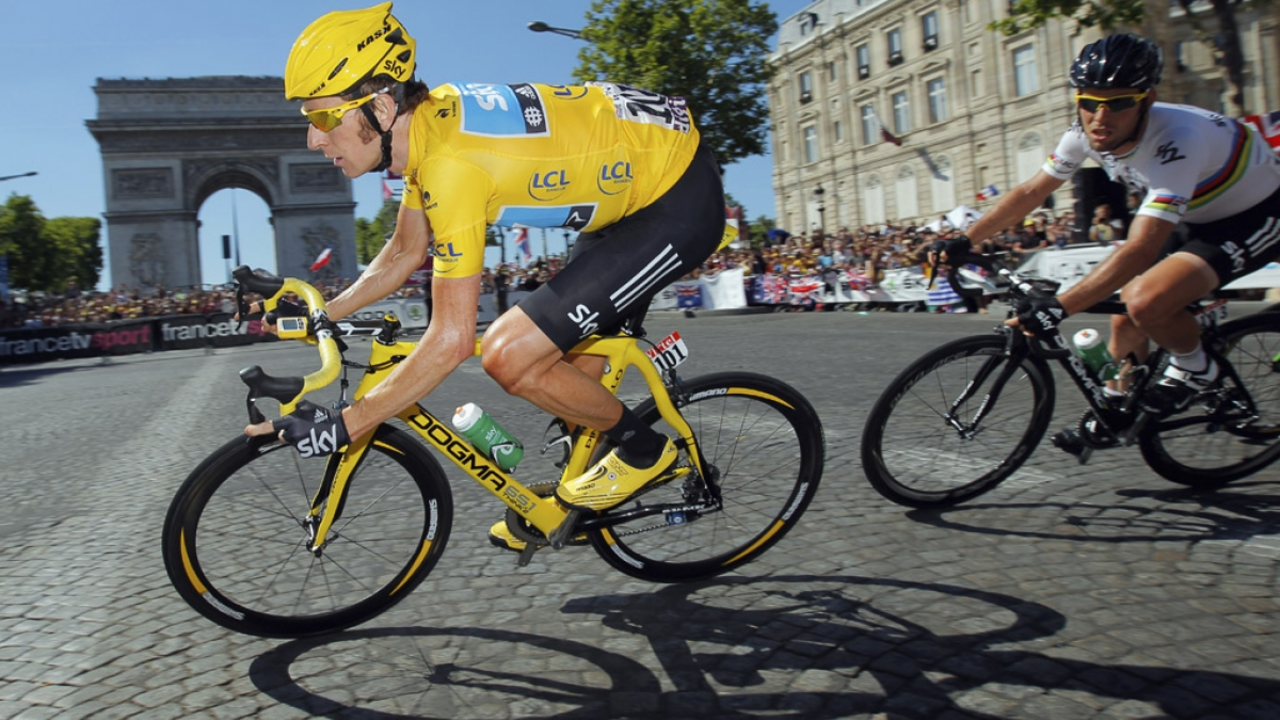
Are you allowed to switch bikes on Tour de France?
In the world of the Tour de France, switching bikes is indeed allowed. It's not uncommon for riders to change their bikes due to mechanical issues or to better suit a particular terrain. However, it's not as simple as just hopping onto any bike - the replacement must meet certain specifications and rules. It's also important to note that bike changes can affect a rider's time, so it's a strategic decision. So, yes, you can switch bikes, but it's a move that requires careful thought.
Read More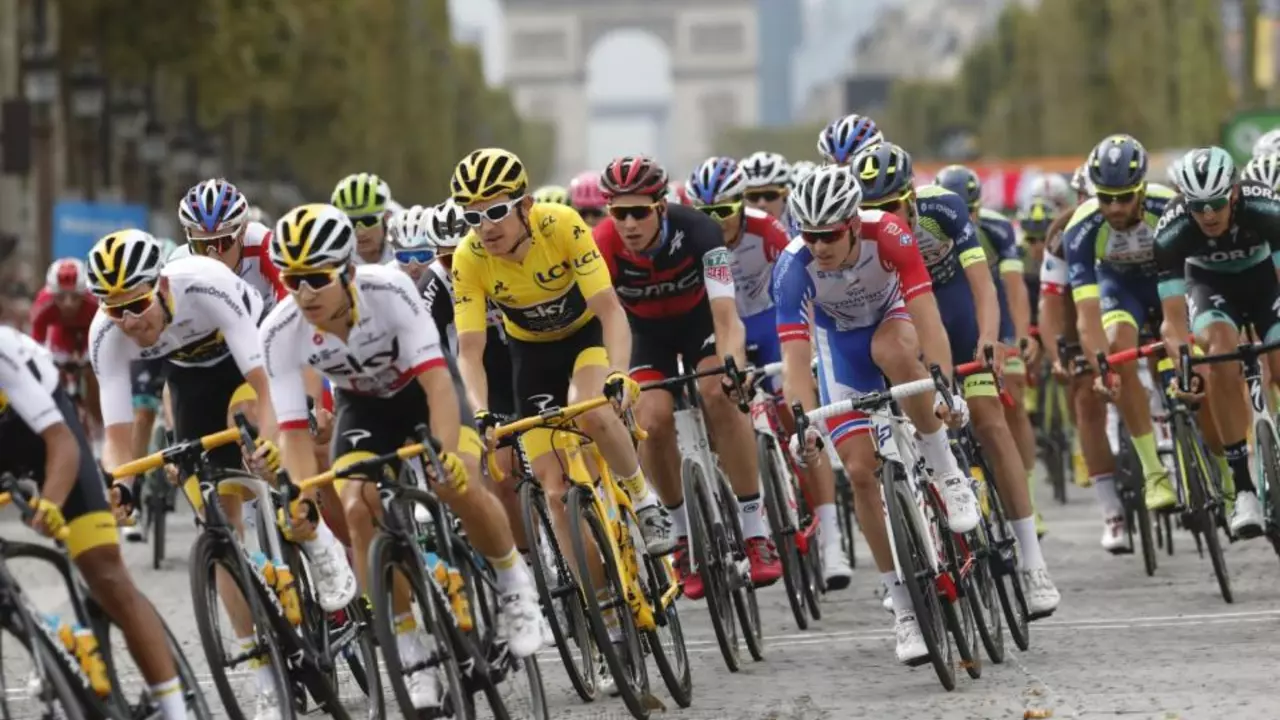
How long do Tour de France riders warm down for?
After a grueling day on the Tour de France, riders don't just hop off their bikes and head for a nap. They engage in a cool down session that typically lasts between 10 to 20 minutes. This time is crucial for the body to gradually return to its normal state and helps reduce muscle stiffness. During this period, cyclists usually keep pedaling at a slower pace, focus on their breathing, and start their hydration and nutrition recovery. It's a vital part of their routine to maintain peak performance throughout the race.
Read More
